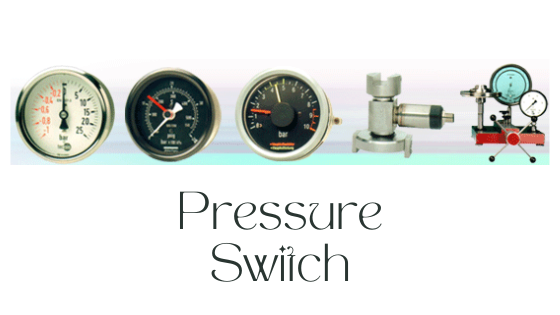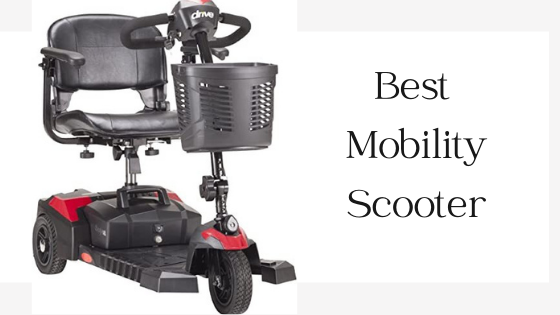
Pressure and temperature switches are used in a wide variety of applications, from industrial controls to HVAC systems. Pressure switches are used to protect equipment from excessive pressure, while temperature switches are used to protect equipment from high temperatures.
Pressure Switches
A pressure switch is an electronic device that senses changes in air pressure. This change may occur due to a malfunctioning pump, valve, or other piece of equipment. When this happens, the pressure switch sends a signal to shut down the equipment until repairs can be performed.

The pressure switch also works to detect leaks in pipes and tanks. When a leak occurs, the pressure inside the pipe begins to drop. As the pressure drops, the pressure switch registers the loss of pressure and shuts off the pump or valve. If you are looking to buy a pressure switch in Norway, LKI company has the biggest and the best selection of different types of level switches and pressure switches.
Temperature Switches
A temperature switch monitors the temperature of oil, gas, or water flowing through a pipeline. A low temperature causes the switch to send a signal to stop the flow of fluid. Most temperature switches are designed to operate at temperatures between -40°F and 190°F (-40°C and 87°C). There are two types of temperature switches: contact and noncontact. Contact temperature switches contain a metal strip that touches the liquid being monitored. Noncontact temperature switches use infrared radiation to measure the temperature. These switches work best in liquids containing suspended solids.


